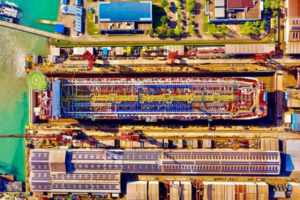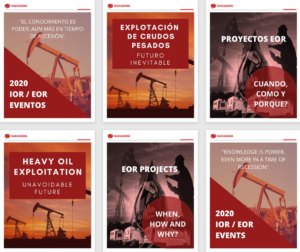
(Rystad Energy, 15.Jul.2020) — The development of Guyana’s world-class deepwater oil resources in the Payara-Pacora project of its prolific Stabroek block, whose addition is set to add billions of dollars to the country’s GDP, is already plagued by delays. If prolonged, the delays will decrease the nation’s planned oil revenues, the asset’s net present value (NPV) and its expected production, a Rystad Energy report shows.
The Payara-Pacora development was once envisaged to be sanctioned in 2019 and deliver first oil by 2023 but has faced challenges to securing approvals in recent months. From a highly contested elections season earlier this year to no resolution more than three months after March’s election, it is clear that the prolonged political uncertainty could further impact the next project offshore Guyana.
The delays have already removed more than 50 million barrels of production that could have been achieved by 2030 if the project had been sanctioned in 2019. The development partners involved in the project are hoping to receive approval later this year, but in our updated base case scenario we assume the Payara-Pacora fields will not be sanctioned until the first half of 2021 and will achieve first oil by 2024.
We have looked at four potential scenarios with delays ranging from three to 24 months. Our analysis shows that Guyana may lose around 10 million barrels of oil that could be produced from the project by 2030 presuming just a three-month delay, a number which climbs to around 75 million barrels assuming a 24-month delay.
“Despite recent delays, the Payara-Pacora development is still in a position to produce more than half of its reserves by 2030 if it is able to commence production by 2024. Any further delay could cost the stakeholders – the project partners and Guyana – dearly,” says Palzor Shenga, Rystad Energy’s senior upstream research analyst.
In our base case, the Guyanese government could generate around $4.4 billion in oil revenues by 2028, meaning within five years of production start. However, revenues diminish quite substantially if the project faces delays. With a six-month delay, the project would generate around $800 million less than what it would in our base case, and around $1.6 billion less with a 12-month delay.
The delay would also cost the project partners, including the government of Guyana, quite heavily. In our base case, the Payara-Pacora fields could generate a cumulative free cash flow of around $3.5 billion by 2028. However, with a six-month delay, free cash flow would drop to around $2.6 billion, and to around $1.7 billion with a 12-month delay.
Guyana has already lost around $300 million in NPV as a result of project delays. In our base case, the NPV of the revenue that Payara-Pacora could generate for the government now stands at around $4.75 billion. However, if the project gets further delayed, we see NPV dropping to $4.45 billion with a 12-month delay and to $4.2 billion with a 24-month delay.
Companies involved in the project are also losing money. In our base case the project partners’ NPV stands at around $3.3 billion. This figure could drop by $200 million if the project gets delayed by a year and by an additional $300 million if the lag extends to a second year.
“Approval delays for Payara-Pacora could have a domino effect on numerous other projects in the Stabroek Block. This would in turn have a substantial impact on the investments made in Guyana, thereby also dragging down job creation and GDP generation in the country,” adds Shenga.
The purpose of the report Rystad Energy conducted is to perform a risk analysis of the Payara-Pacora offshore development and assess the impact that project delays could have on production and cash flow for the partner companies and the state of Guyana.
ExxonMobil has identified Payara as the third potential development project within the Stabroek block after Liza Phase 1 and 2. The Payara discovery was announced in January 2017. The discovery well was drilled in a new reservoir, encountering more than 29 meters of high-quality oil-bearing sandstone reservoirs. It was safely drilled to 5,512 meters in 2,030 meters of water.
The Payara development plan includes a floating production, storage and offloading vessel (FPSO) named Prosperity. It is expected to produce 220,000 barrels per day supporting up to 45 wells, including production, water injection and gas injection wells.
For more analysis, insights and reports, clients and non-clients can apply for access to Rystad Energy’s Free Solutions and get a taste of our data and analytics universe.
__________

